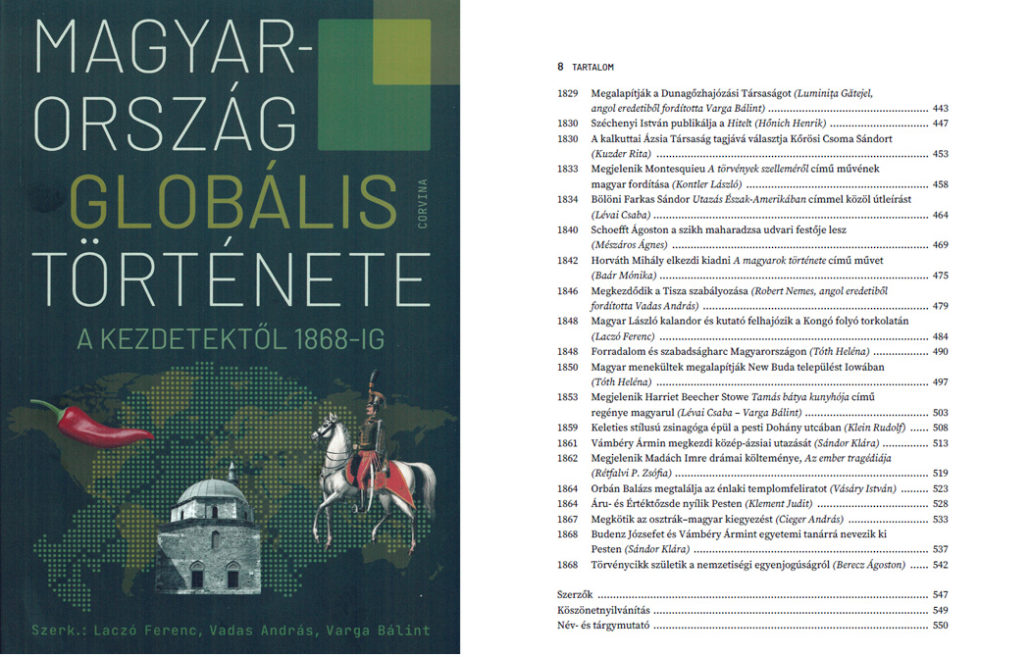Kezdőlap » VIRTUÁLIS OLVASÓTEREM » Olvassunk Hamvast! » Hamvas Olvasóterem

Események
Események
- HÍREK, Könyveink

Ezzel a mikrosite-tal nem egy újabb Hamvas-honlap létrehozása a célunk, – ilyen portált, honlapot az Alapítványtól a Hamvas nevét viselő intézményekig sokan készítettek. Szép megoldásokkal, hiteles információkkal. A TKBE honlapján is van róla megemlékezés.
Az érdeklődés felkeltése, az olvasás ösztönzése volt a szándékunk. Ha honlapunk látogatója a könyvtárunk állományában meglévő kötetek, hangoskönyvek, az itt archivált előadások, beszélgetések, felolvasások, vagy a hallgatóink, kollégáink választotta idézetek, grafikák alapján talál rá Hamvasra, már elmondhatjuk: eggyel több tagja van a Hamvast olvasók közösségének! És ez, a szervező könyvtáros számára pont elég.
Carnaval showcases virtually all of the young Schumann‘s personal and musical characteristics in one form or another; a number of the pieces are musical portraits of the composer’s friends and important contemporaries. The opening “Préambule,” which contains music originally intended as part of a set of variations on Schubert‘s Trauerwalzer, Op. 9/2 (D. 365), is one of the few pieces in the set not explicitly organized around the A-S-C-H idea. Figures from the commedia dell’ arte make appearances in “Pierrot,” “Arlequin,” and “Pantelon et Columbine.” Schumann writes himself into the work in the guise of his two alter egos, the idealistic, dreamy Eusebius, and fiery man of action Florestan. Ernestine von Fricken is characterized in “Estrella,” while Clara Wieck, Frederick Wieck’s teenaged daughter, is portrayed passionato in “Chiarina.” (It was eventually she, in fact, and not von Fricken, who became Schumann‘s wife.) Schumann includes a touching tribute to Chopin, as well as a virtuosic intermezzo whose subject is the legendary violinist Paganini.
Midway through Carnaval there is a trio of four-note “Sphinxes” — probably not meant for performance — through which Schumann divulges the “secret” of the A-S-C-H pitch groupings using an archaic notation.
The final section, “Marche des Davidsbündler contre les Philistins” (March of the Davidsbünd Members Against the Philistines), is a symbolic portrayal of the members of the Davidsbünd, an imaginary group Schumann called upon in his writings and music as a confederation against the reactionary, musically dry “Philistines” of his day. Here, the Davidsbündler — Florestan, Eusebius, Estrella/Ernestine, Chiarina/Clara, Chopin, and Paganini — rout the Philistines, represented by the “Grossvalterlied,” an old German song. There is humor indeed in this “conflict” as the members of the Davidsbündler are cleverly disguised behind “carnaval” masks of great musical bravado.
/Forrás: https://www.allmusic.com/composition/carnaval-for-piano-op-9-mc0002356523/